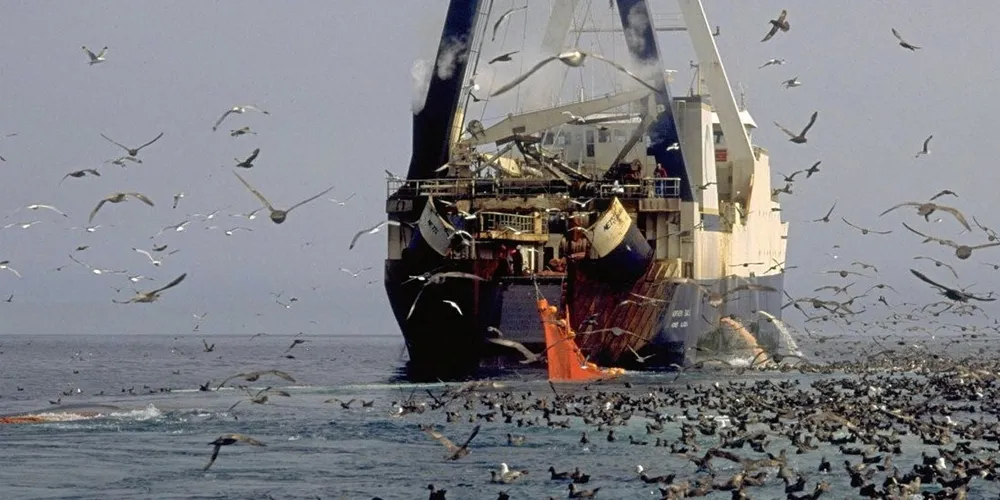Russian regulator touts new Bering Sea fishing zone, potentially allowing vessels to catch thousands of tons more pollock
The move means that Russia’s potential pollock quota in the Western Bering Sea could reach at least 762,000 metric tons.

The move means that Russia’s potential pollock quota in the Western Bering Sea could reach at least 762,000 metric tons.
